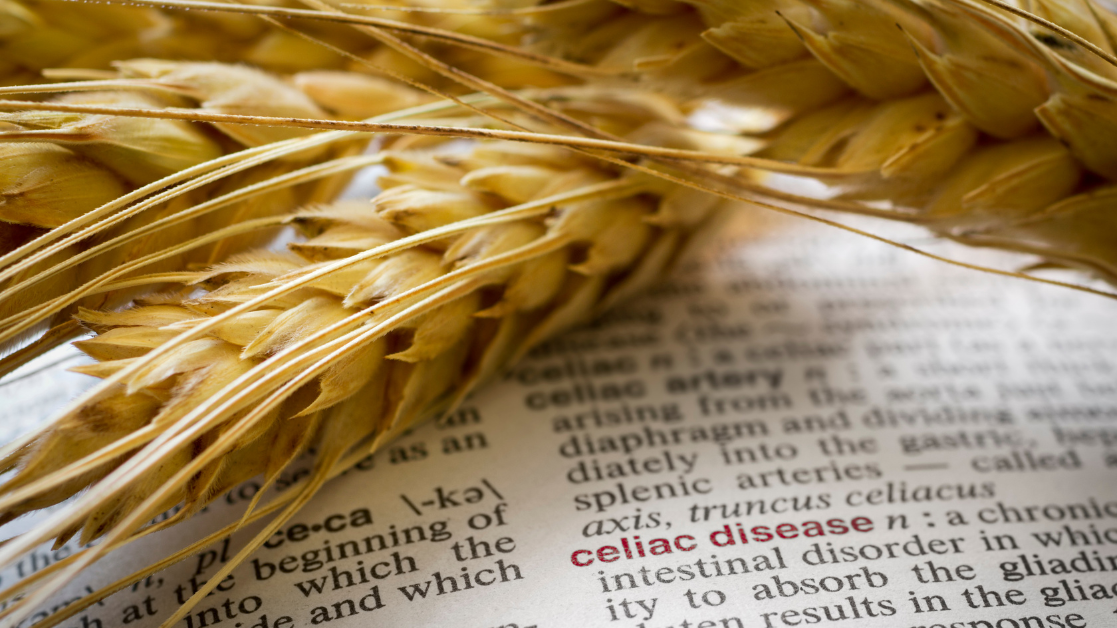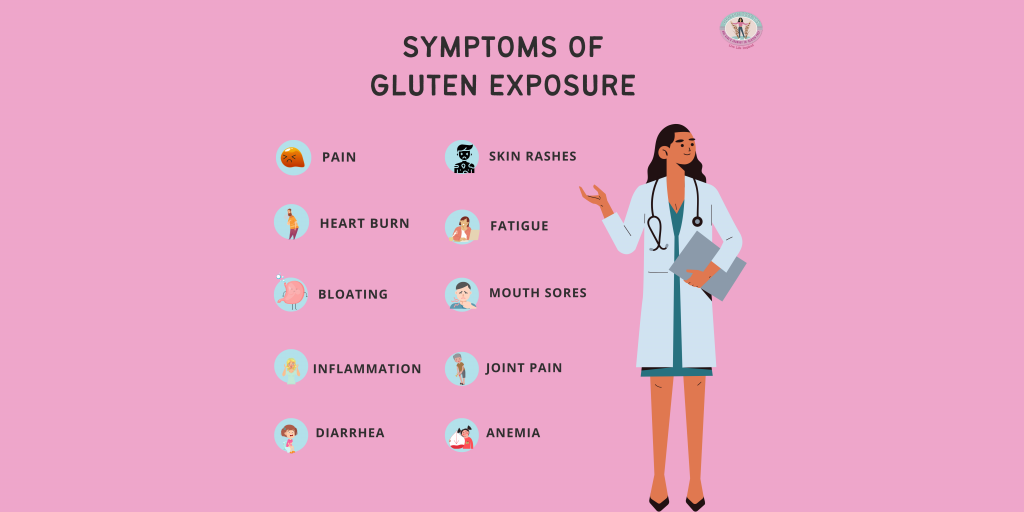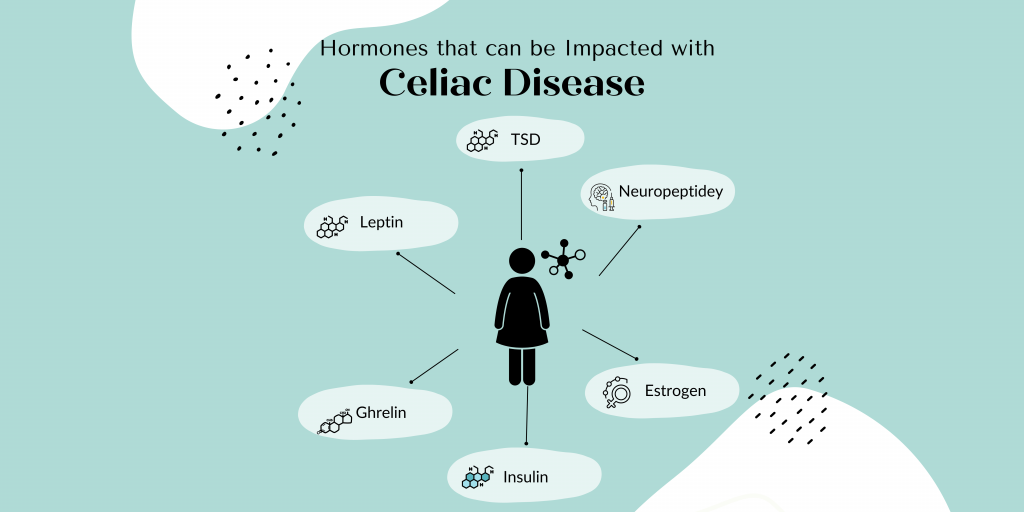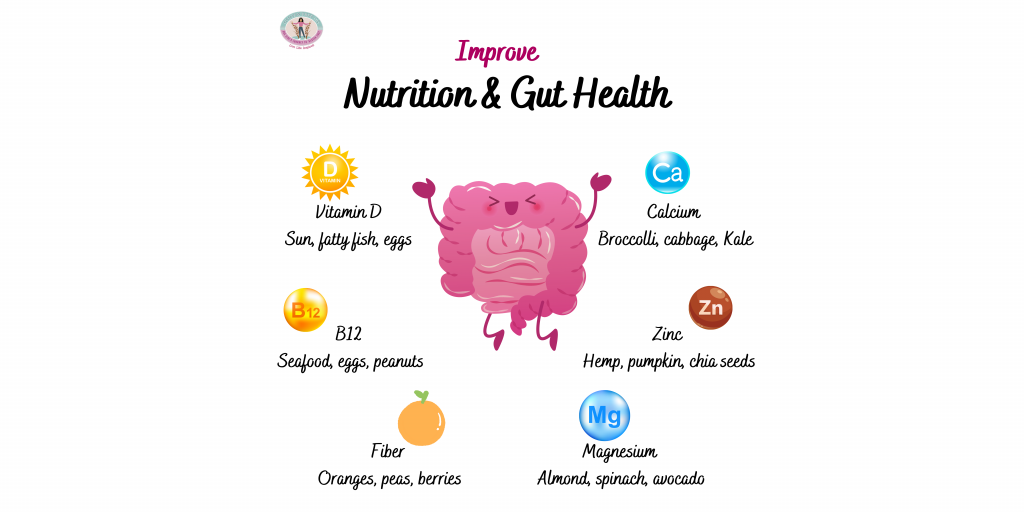The Causes of Celiac Disease and How to Tackle It

Highly prevalent, celiac disease is extremely common among today’s populace. An estimated 1 in every 133 Americans is a patient of celiac disease.
Yet there is so little known about it and so much misinformation surrounding it that it’s hard to dispel the rumors and separate right from wrong.
In this blog, we’ll shed light on exactly that by underlining the causes of celiac disease and what are the ways in which we can tackle it.
What is celiac disease?
A protein present in barley, wheat, and rye, gluten is known to cause celiac disease, also known as celiac sprue or gluten-sensitive enteropathy, which is an immunological response to consuming it. Eating gluten sets off an immunological reaction that mainly affects the small intestine if you are suffering from celiac disease.
This response wears down the lining of your small intestine over time and prevents some nutrients from being absorbed (malabsorption). Intestinal injury frequently results in diarrhea, exhaustion, weight loss, bloating, and anemia and can have catastrophic consequences.

In addition to causing the above symptoms in adults, malabsorption in children suffering from celiac can impede growth and development.
Although there is no known treatment for celiac disease, most people find that adhering to a strict gluten-free diet can help control their symptoms and encourage intestinal recovery, which we’ll discover further in the blog.
What are the symptoms of celiac disease?
Children and adults may experience different celiac disease signs and symptoms, which might vary substantially. Adults’ digestive warning signs and symptoms include:
- Fatigue
- Constipation
- Bloating and gas
- Diarrhea
- Weight loss
- Nausea and vomiting
- Abdominal pain
The following signs and symptoms are present in more than 50% of adults with celiac disease but are not connected to the digestive system:
- Anemia is caused by a deficiency of iron
- Reduced functioning of the spleen (hyposplenism)
- Itchy, blistery skin rash (dermatitis herpetiformis)
- Bone density loss (osteoporosis) or softening of bones (osteomalacia)
- Mouth ulcers
- Joint pain
- Headaches and fatigue
Children suffering from celiac disease have higher chances of having digestive problems than adults, including:
- Nausea and vomiting
- Pale, foul-smelling stools
- Swollen belly
- Gas
- Constipation
- Chronic diarrhea
The inability to absorb nutrients in children due to celiac disease might result in the following:
- Damage to tooth enamel
- Weight loss
- Failure to thrive for infants
- Delayed puberty
- Anemia
- Weight loss
- Irritability
- Short stature
What are the causes of celiac disease?
Celiac disease may be caused by your genes, eating gluten-containing foods, and other things, but the exact cause is unknown. Additionally, infant feeding patterns, gastrointestinal diseases, and gut flora may be involved. After an operation, a pregnancy, childbirth, a viral illness, or a period of intense mental stress, celiac disease can occasionally become active.
The fine, hair-like projections (villi) that line the small intestine are harmed when the body’s immune system overreacts to gluten in the diet. Vitamins, minerals, and other nutrients are absorbed by villi from the food you ingest. No matter how much you eat, you can’t obtain enough nutrients if your villi are damaged.

How can you cure celiac disease?
A lifelong commitment to a gluten-free diet is the only way celiacs can lead a relatively normal and healthy life.
In recent years, gluten-free eating plans have grown in popularity. Research, however, does not support the claim that this diet is advantageous for those without celiac disease or non-celiac gluten sensitivity.
Gluten-containing foods can be significant providers of vitamins and minerals, such as calcium, iron, and fiber. Before removing these foods, consult a healthcare professional because doing so could result in nutrient shortages.
With the help of a gluten-free diet, gluten-related symptoms and indications vanish, and the small intestinal mucosal damage recovers. The mucosal healing, which is necessary for maintaining health, can also be attained by eating oats (100 percent pure, uncontaminated oats) and gluten-free products made from industrially purified wheat starch.
Bread and beer are examples of foods that gluten-free people must stay away from. Furthermore, intestinal damage can also result from ingesting gluten in small quantities, such as crumbs on a cutting board or toaster.
Industrially purified wheat starch-based gluten-free flours have been used as a component of celiac disease treatment plans in various European nations. According to estimates, gluten concentration in starch flours intended for celiac disease patients ranged from 20 to 100 parts per million (ppm) or below. Evidence-based research demonstrates that a diet containing industrially purified gluten-free wheat starch-based flours is safe and that the small intestine mucosa recovers and maintains long-term morphological normality.
Drugs like diamino diphenyl sulfone (Dapsone), which treat dermatitis herpetiformis, can help lessen the symptoms that accompany gluten sensitivity. But because this does not cure the intestine, it is still essential to follow a gluten-free diet.
Taking vitamin and mineral supplements can help people with celiac disease avoid or correct deficits. Drug therapeutics are still being developed by researchers to relieve the symptoms of celiac disease and enhance long-term prognoses.

Conclusion
Going on a strict gluten-free diet to keep your gluten sensitivity in check is one of the only sure shots to stay healthy for celiacs. Check out our recipes section to know what you can indulge in as a celiac!
 MY JOURNEY
MY JOURNEY About Me
About Me Early life
Early life Diagnosis
Diagnosis CELIAC DISEASE
CELIAC DISEASE Symptoms & Diagnosis
Symptoms & Diagnosis Treatment & Follow Up
Treatment & Follow Up GLUTEN - FREE LIVING
GLUTEN - FREE LIVING At Home
At Home At School
At School At Social Events
At Social Events
 Grocery Shopping
Grocery Shopping COMMUNITY OUTREACH
COMMUNITY OUTREACH Gluten Free Meetup
Gluten Free Meetup Workshops
Workshops Webinars
Webinars COVID-19 Camps By Gluten Free Jio
COVID-19 Camps By Gluten Free Jio  Mid Day Meal
Mid Day Meal Beyond Celiac
Beyond Celiac Real Stories of Celiac
Real Stories of Celiac RESOURCES
RESOURCES Restaurant Dining Cards
Restaurant Dining Cards Recipes
Recipes Gluten Free eBook
Gluten Free eBook Gluten Free Jio App
Gluten Free Jio App RECOGNITION
RECOGNITION TRAVEL DIARY
TRAVEL DIARY



